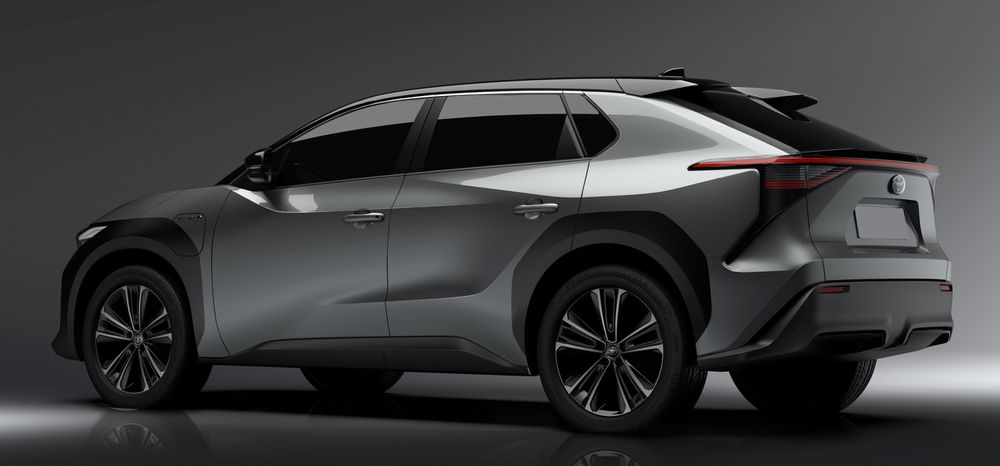Japanese multinational automotive manufacturer Toyota has unveiled the BZ4X, an electric compact SUV with an optional solar roof and a steering yoke identical to the latest Tesla Model S.
Toyota calls the steering yoke “wing-shaped,” and it employs a steer-by-wire system, which eliminates any mechanical link between the steering wheel and the tires. The yoke can only be rotated 150 degrees from side to side, and the driver would never have to take their hands off the steering wheel. It is no longer necessary to swap grips when steering, making U-turns, and among many other things.
Toyota first unveiled the BZ4X at the Shanghai Auto Show, along with an EV plan that the company claims will produce 15 new battery-electric vehicles by 2025.
The BZ4X was created in partnership with Subaru, another Japanese manufacturer. Steer-by-wire, all-wheel drive, enhanced visibility, and regenerative braking are all features of the e-TNGA platform, which are common in EVs. Toyota’s BZ4X will be available worldwide by 2022. In addition, Subaru is said to be working on its electric vehicle platform based on the e-TNGA.
If you don’t want to go full yoke, the BZ4X will also have a standard steering wheel and system.
According to Toyota, the car’s interior features a new instrument cluster with the screen placed back from the steering wheel to improve driver visibility. Rather than being buried into the dash, the primary infotainment screen appears to hover above it. There are also a few physical buttons in the center console and on the steering wheel, implying that Toyota is not as committed to the digital user experience as Tesla.
When creating the BZ4X, Toyota drew inspiration from the hammerhead shark. Despite this, it maintains a classic appearance and looks the same size as a Toyota RAV4.
The new BZ4X comeS with two powertrains: a 201-horsepower front-wheel-drive and a 215-horsepower all-wheel-drive, with 310 and 286-mile ranges, respectively. In addition, the vehicle contains a 71.4kWh battery pack, which is comparable to the Volkswagen ID 4 and the Nissan Ariya.
Other distinguishing features include a solar roof that can generate enough electricity to cover 1,800 kilometers of driving every year. It is also capable of bidirectional charging for vehicle-to-home capacity, as are the Hyundai Ioniq 5 and Ford F-150 Lightning.
The electric SUV is scheduled to be available first in Japan in mid-2022, though Toyota did not reveal whether it will be available in the United States. More details on price and production will be released in the following months.
Toyota recently announced a $13.6 billion investment in battery technology over the next decade, including a $9 billion investment in production, as part of its efforts to electrify its car fleet. Despite being a forerunner in gas-electric hybrid vehicles, Toyota viewed hybrid vehicles as a temporary fix until hydrogen fuel cells became more economical. The company is currently seeking to catch up with rivals such as Nissan, and it has attempted to halt the shift to electric vehicles in the United States.

